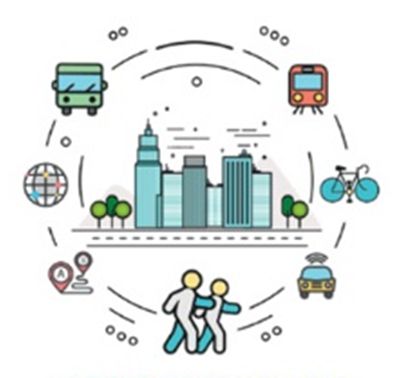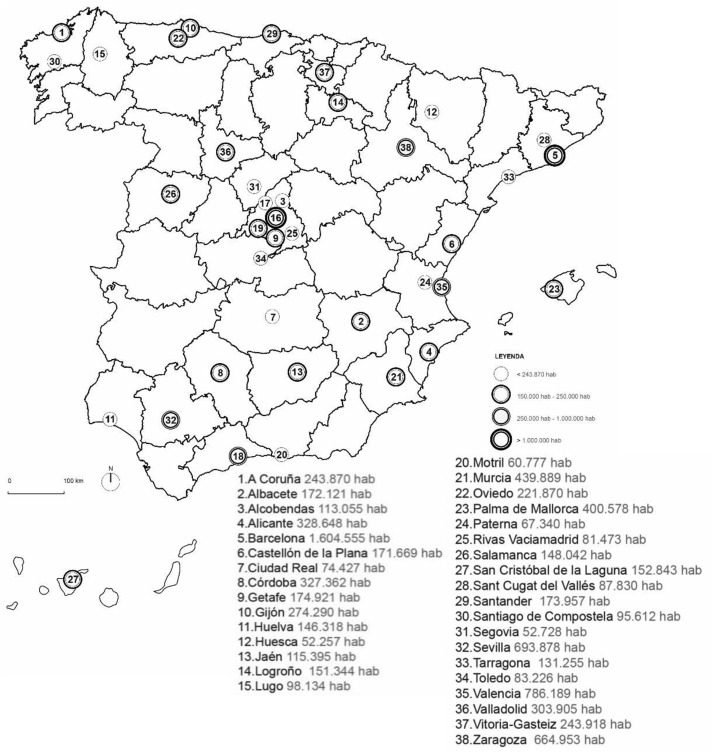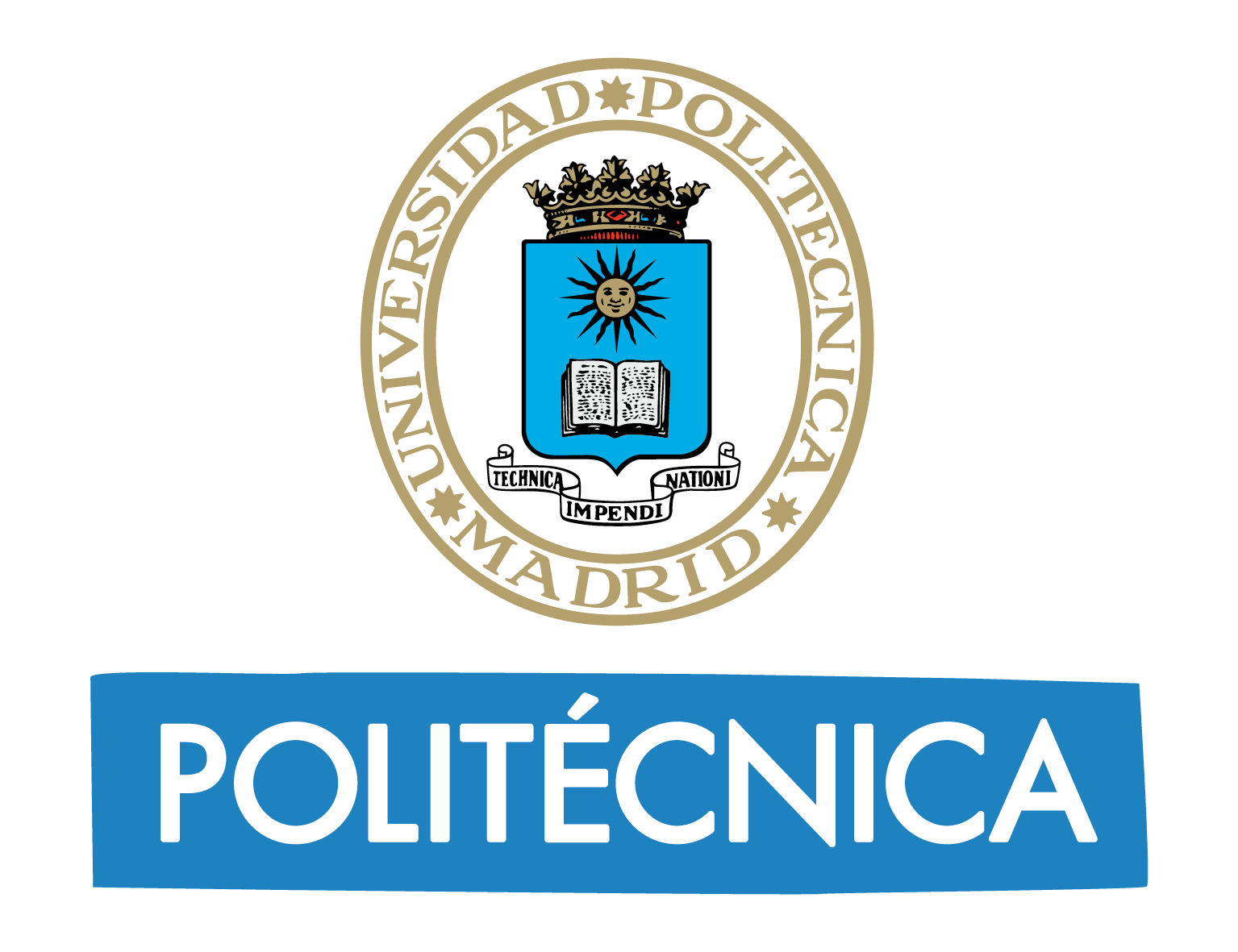Is our country making progress towards more sustainable mobility?
Researchers from Universidad Politécnica de Madrid have carried out an analysis of the Sustainable Urban Mobility Plans in Spain to establish if their implementation has meant a substantial change in terms of logistics and management of the transports and behavior and habits of the citizens.
In 2011, the Spanish Law for a Sustainable Economy was approved, which encouraged local administrations to create Sustainable Urban Mobility Plans (SUMP). The main objectives of these plans were not only the reduction of urban congestion and pollution but also to encourage the citizens to change their habits so they are less car-dependent and more active in their daily trips.
To what extent has this been achieved? A team of researchers from Transport Research Centre (TRANSyT) at Universidad Politécnica de Madrid (UPM) has carried out an analysis of the Spanish context in terms of development and evolution of SUMP until 2017 and the efforts invested to achieve more sustainable mobility in Spain. The study concludes that these plans should address more holistic strategies that consider not only mobility but also the quality of life of the citizens.

Credit: Red de Periodistas por el Desarrollo Sostenible
A total of 38 cities were selected from the Spanish Smart Cities Network (RECI). The research has two parts. First, an analysis was made of the diagnosis of the mobility situation in each location according to the diagnosis document included in many of the SUMPs. This analysis included data of the level of detail and accuracy of the initial diagnosis and also data from the public participation.
Secondly, researchers assessed each SUMP taking into account the sixteen evaluation criteria based on the indications contained in the Guía Práctica para el desarrollo e implementación de un PMUS. Other aspects were also taken into account, such as the schedule, the inclusion of a follow-up plan or the details of the budget.
The most relevant results according to the diverse categories were as follows: cyclist and pedestrian mobility are considered in practically all the plans and, although its average score is high, some proposals are not realistic with the city model. Regarding public transport, despite the diversity of city models, a great majority of the plans (95%) propose a reorganization of the existing bus lines.

The 38 cities analyzed in this study. Miguel Ángel Mozos Blanco et al. / Transport Policy.
In relation to the road hierarchy, the measures are focused on public space design along with accessibility and road safety. In the case of private vehicles, plans do not tackle the high dependence on this mobility model. They only address the creation of new parking places to solve the problem of parking on public roads. In addition, electric vehicles require an infrastructure that is currently insufficient; car-sharing was not at a common practice at the moment of the study.
Goods distribution, intermodality, and urban planning regulations are categories of measures that are often poorly and imprecisely defined and implemented. The reduction of air and noise pollution is another as yet unresolved issue in mobility plans.
Public participation continues to be addressed more in theoretical than in practical terms. As a conclusion, only 10% of the plans analyzed lack a monitoring plan and indicators associated with each of the measures described.
The researchers suggest that “SUMPs should address more holistic strategies that consider not only mobility, but also the quality of life of citizens, short and long term impacts, and the social culture where each measure are applied”.
In short, researchers conclude, “not only measures focusing on public transport, but also on planning the shape and layout of the city must be addressed”.
Miguel Ángel Mozos Blanco, Elisa Pozo Menéndez, Rosa Arce Ruiz, Neus Baucells Aletà. The way to sustainable mobility. A comparative analysis of sustainable mobility plans in Spain. (2018) Transport Policy 72: 45-54. https://doi.org/10.1016/j.tranpol.2018.07.001


